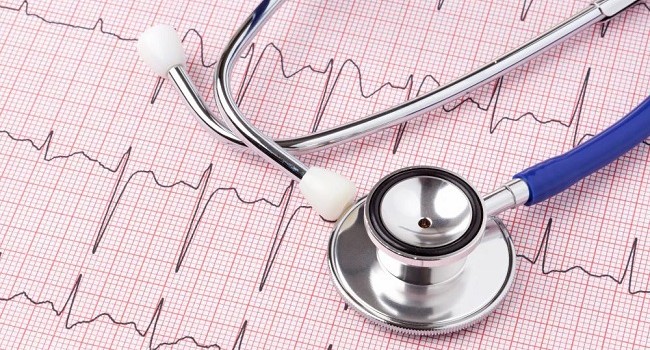The Importance of the Electrocardiogram Test
An electrocardiogram test is used for checking if there are any issues with the electrical activity of the heart. These tests are essential in the medical field because they give answers to doctors about any abnormalities in their patient’s heart and can ultimately save the patient’s life.
The heart consists of four chambers: the two upper chambers are called the atria and the two lower chambers are called the ventricles. There is an electrical system that naturally causes the heart muscle to contract which causes a heartbeat. This electrical system pumps blood through the heart to the lungs and throughout the entire body.
EKG tests are done to find out any unexplained chest pain or pressure that could have been caused from a heart attack. The test is also designed to find the cause of symptoms of heart disease which include shortness of breath, dizziness, fainting, and irregular heartbeats (palpitations.) An electrocardiogram test checks how well medicines are working on a patient and if there are any side effects that are affecting the heart of the patient. It can also be used for checking how well mechanical devices that have been implanted in the heart, such as pacemakers that help control the heartbeat, are operating. If there are any other diseases or conditions present such as high blood pressure, high cholesterol, cigarette smoking, diabetes, or any family history of early heart disease, the EKG can evaluate the health of the heart.
During an EKG, the patient lies on a bed or table and is prepared for the test. Several electrodes are attached to the skin on each arm and leg and on the chest. The electrodes are hooked to a machine that records the heart’s activity onto a paper. This machine measures the heart’s electrical activity from different places in the chest. The test usually lasts for about 5 to 10 minutes and is completely safe and painless. No electricity passes through your body from the machine and there is no danger of electrical shock from the test.
An exercise electrocardiogram test will measure any changes in the heart while the patient exercises. This electrocardiogram test is sometimes called a “stress test” or a “treadmill test.” During an exercise EKG, the patient will either walk on a motor-driven treadmill or pedal a stationary bicycle. The resting EKG is always preformed before an exercise EKG do to the chance that there may be issues with the heart that would make an exercise EKG harmful.
The results of the EKG show the electrical activity of your heart as line tracings on paper. These line tracings which look like spikes and dips are called “waves.” When the test is finished it is reviewed by a doctor that will determine if the results are normal or abnormal.
Lamson Institute offers an outstanding EKG Technician program that will prepare you for a rewarding career in the Allied Health Field. Enroll in the Lab Assistant, EKG Technician/Phlebotomist program at Lamson and receive the training you deserve!
Like Lamson Institute on Facebook!

